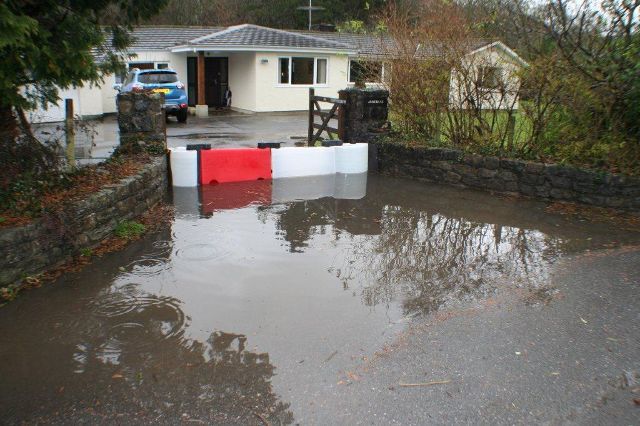Protecting property from flooding
Preparing for a flood could save your family, possessions and livelihood.
Heavy rainfall can cause flooding. This can be dangerous and can happen very quickly. The effects can be devastating. Our friends at the UK flooding agencies have outlined a number of things you can do to prepare for flooding to keep yourself and your family safe:
1. Check if you are at risk of flooding:
2. Sign up for free flood warnings
If you live in an area at risk of flooding you could get free flood warnings direct to your mobile, home phone or email:
3. Prepare a flood plan
A flood plan can help you to prepare for flooding and reduce the impact it might have to your home, business or community, it can also help with the recovery process.
You may be able to download a flood plan template from your local flood agency or council or put your own together using the following list as a guide:
- A list of useful contact numbers - including your local council, utility providers and your insurance company
- How to shut off your electricity or gas supply
- Move your valuable belongings to a safe place
- What would you need to move to safety during a flood – think about your pets, car, furniture
- Who could you ask for help?
- Could you offer to help vulnerable friends or neighbours?
4. Prepare a flood kit
Think about putting together an emergency flood kit with essential items that will help you cope in a flood, including:
- Insurance documents and list of contact numbers
- Torch & spare batteries
- First aid kit and any prescription medicines
- Warm waterproof clothes and blankets
- Bottled water and snacks
- Battery or wind-up radio
- Supplies for looking after your baby or pet
Make sure that everyone knows where to find this kit and what to do if flooding happens.

5. Flood protection equipment

Think about making your property resilient to flooding. To reduce flood damage, you could lay tiles instead of carpets, move electrical sockets up the wall and fit non-return valves. If you know you live in an area at risk of flooding, you could consider installing some flood protection products:
- Floodboards – can be fixed to your doors and windows
- Plastic covers to seal airbricks
- Sandbags
How to recover after a flood
1. Contact your insurance company
If you’ve been flooded, contact your insurance company, follow their advice, and ask whether they offer Build Back Better. Some insurers will now pay claims which include an amount for resilient repair up to a value of £10,000 over and above the cost of like-for-like reinstatement for actual flood damage. Build-Back-Better will help make your home more resilient, enabling you to return more quickly after any future flooding.
2. Check if you can return home
If you’ve had to leave your home, check with the emergency services that it’s safe before you return.
Your home or business may also need a safety inspection by the utility companies before you can turn the water, gas and electricity back on.
3. Cleaning and repairing your home
Take advice from specialists before starting repairs to your property. Most of the repair work after flooding will need to be undertaken by professionals appointed by your insurers.
Flood water may contain harmful substances like sewage, chemicals and animal waste which could make you unwell. If you come into contact with flood water, wash your hands thoroughly.
4. Find your local flood action group or flood warden
If there’s been a serious flood, your local authority may have chosen a place like the town hall as a ‘flood hub’ from which to organise recovery efforts. You may also have a nearby flood warden or flood action group.





